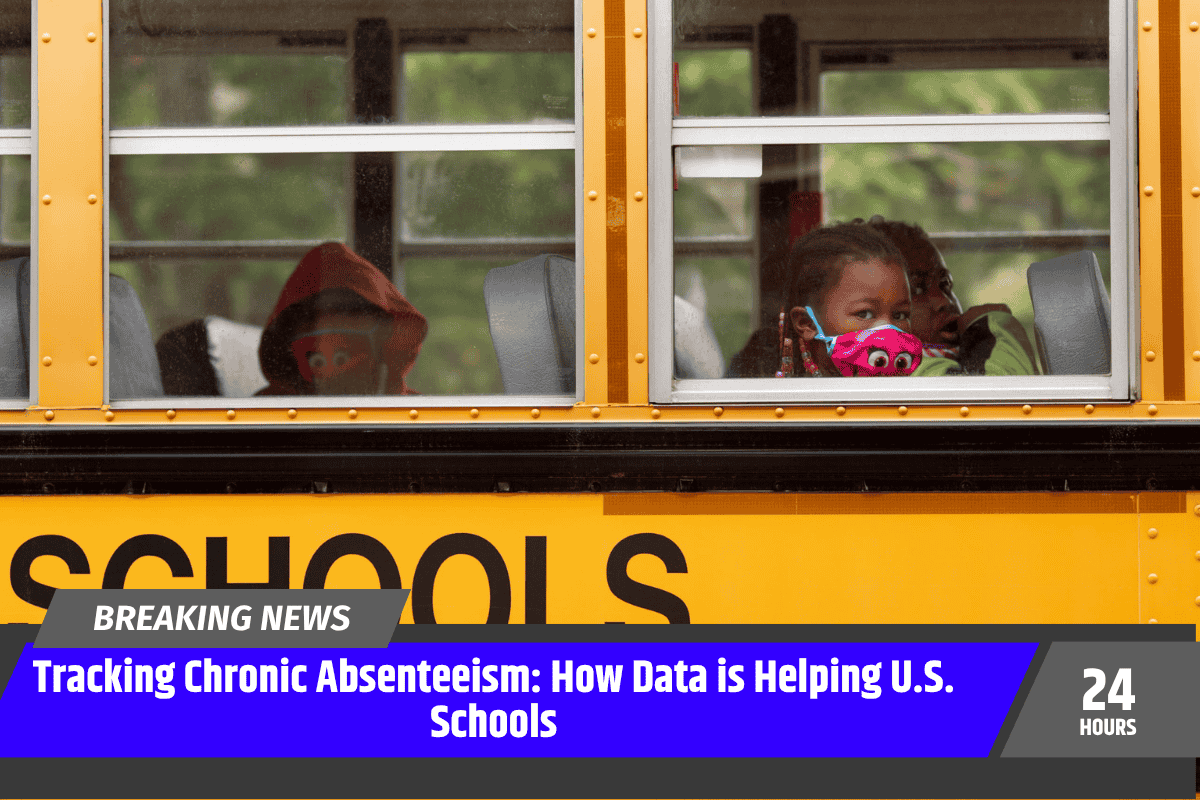Fifteen years ago, only one state in the United States tracked chronic absenteeism—students missing 10% or more of the school year.
Today, 49 states publish chronic absenteeism data online. This shift marks a major step forward in understanding attendance problems, especially those worsened by the pandemic, when nearly a third of students were chronically absent.
Although absenteeism rates have decreased slightly in many areas, they still remain higher than before the pandemic.
Hedy Chang, executive director of Attendance Works, a nonprofit organization focused on reducing chronic absenteeism, highlights the importance of data in addressing this issue.
“If you don’t know that a problem exists, you don’t act on it,” she says, emphasizing how crucial tracking and understanding attendance trends is to solving the issue.
The Importance of Data in Education
Chronic absenteeism is just one of many data points collected by local, state, and federal education officials.
These data points, including test scores and graduation rates, are often behind-the-scenes tools that inform decisions about improving student learning.
However, the future of federal education data collection is uncertain, especially in light of recent budget proposals.
The Trump administration has proposed significant cuts to funding for the Institute of Education Sciences (IES), the research arm of the Education Department.
These cuts—amounting to a 67% decrease in funding from the previous year—have raised concerns about the future of data collection and research that supports educational improvements.
Potential Consequences of Federal Budget Cuts
Despite the administration’s claims that the changes would lead to a “more efficient, effective, and useful” IES, experts like Sean Reardon, an education professor at Stanford University, warn that reducing federal data collection could hinder educational progress.
Reardon explains that without solid data, it becomes difficult to know what works and what doesn’t in the education system, particularly across the country’s 13,000 school districts.
This concern has been echoed by other experts who argue that federal data collection should continue, especially in areas like chronic absenteeism.
Attendance Works advocates for states to keep gathering this crucial data and for them to use common methods to ensure consistency across different states.
State-Level Innovation in Data Use
Even as the federal government’s role in education data collection faces uncertainty, some states are already leading the way in using data to improve education.
For example, in Mississippi, which has posted stronger-than-expected National Assessment of Educational Progress (NAEP) reading scores, there is a push to identify successful practices and replicate them in other states, like Maryland.
This effort is part of a broader initiative led by the Alliance for Learning Innovation, a coalition of researchers and educators advocating for investment in research, data collection, and the scaling of successful educational methods.
Sara Schapiro, the executive director of the Alliance, emphasizes the importance of replicating successful strategies across the country.
“What’s working well in Mississippi? How can we get that going in Maryland?” she asks, highlighting the importance of spreading effective educational practices through data-driven insights.
Local Success: Data Day in Piedmont, Alabama
A small town in Alabama has taken its own approach to using data to drive educational improvement. At Piedmont High School, Principal Adam Clemons oversees a practice called “data day,” where staff regularly analyze data such as attendance records and ACT scores.
This allows the school to identify which students are excelling and which ones need extra support. By holding regular “data days,” the school can tailor teaching to meet the needs of individual students, ensuring that no one falls behind.
Principal Clemons notes that data can seem overwhelming, but he has made efforts to communicate its importance to the community, including taking to social media to share photos of their work.
“It’s not like we’re just sitting here with our feet propped up reading the newspaper,” he says. “We’re actually diving deep into the data to make the instructional changes.”
The Future of Education Data Collection
While the future of federal education data collection remains uncertain, states and local schools are increasingly taking on the responsibility of tracking and analyzing key educational data.
Whether it’s chronic absenteeism or ACT scores, data is becoming a critical tool for improving student outcomes.
As states continue to lead the way in data-driven education reform, experts agree that it is essential for them to maintain robust data collection practices.
Furthermore, reforming federal research methods could ensure that data continues to be used to benefit students across the U.S., whether by identifying successful strategies or addressing challenges like chronic absenteeism.












